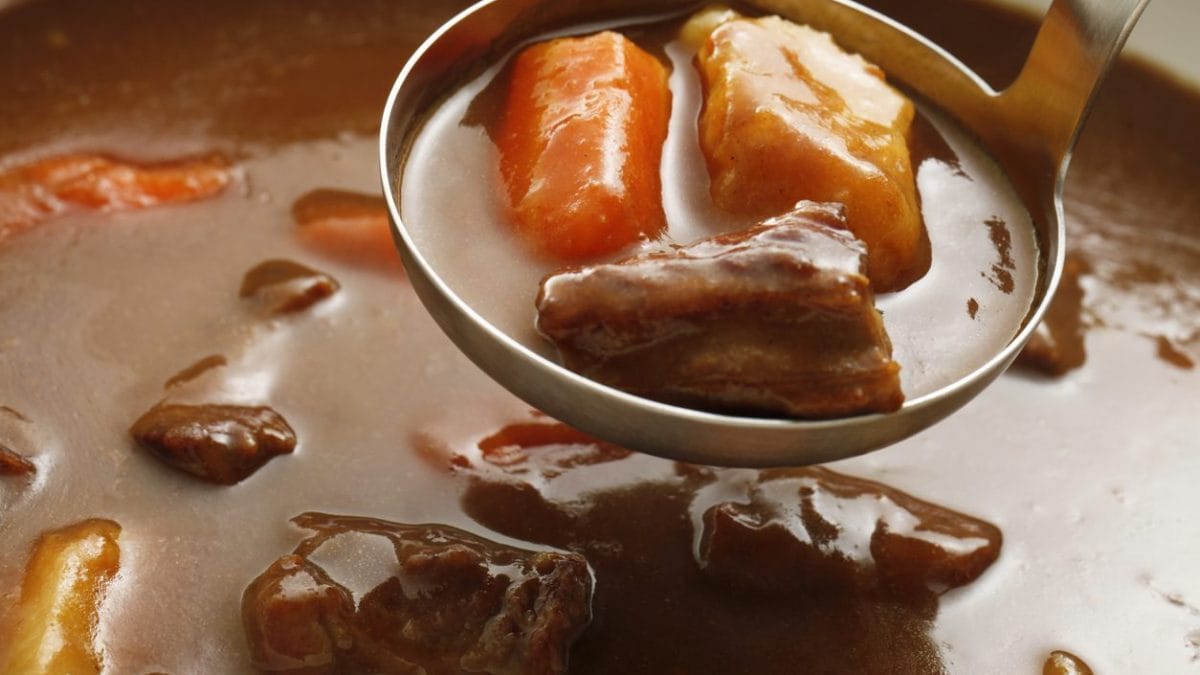
Have you ever wondered what that dish, besides ramen, was that always appeared in cartoons? It's curry, and it's a staple of Japanese cuisine. Originating from India, it's among the most popular in Japan, so much so that some prefer it to the original. Are you planning a trip to Tokyo and the surrounding area and can't wait to immerse yourself in the vast sea of Japanese cuisine? In this article, I'll explain the history of Japanese curry.
The Historical Origins of Curry
Japanese curry, or karē, is among the most popular and popular dishes in the Land of the Rising Sun: it is appreciated for its versatility and its comforting, bold, and spicy flavor. Although it originated far from the Japanese archipelago, today it is rare to think of a Japanese home without the ingredients in the pantry to cook it. Historically, curry has its roots in India, where, for centuries, it was cooked with a blend of aromatic spices. The Eastern version, however, took shape during the Meiji Revolution (1868-1912) when, after a period of isolation, Japan opened its borders to the West. At that time, British sailors, frequent visitors to Japanese ports, brought curry with them. This spice was already popular in British-colonized India and was originally prepared by mixing it with beef or chicken stews. Over time, the Japanese have adapted curry to their own tastes, making it a dish much more accessible to their eating habits than the traditional one which was instead spicier.

The Difference Between Japanese and Indian Curry
Japanese curry is distinguished by its thick, bold consistency and darker color. Unlike the Indian version, it is prepared with a roux , a mixture of flour and butter, cooked until golden and then mixed with meat and vegetable broth. This gives the curry a thick consistency and a bold, spicy flavor. In India, it is often accompanied by naan bread, while in Japan, it is almost always eaten with rice. It is so popular in Japan that it is not only a staple of home cooking due to its ease of preparation but also because it can be stored for several days. The Land of the Rising Sun has also seen the rise of curry houses, restaurants specializing exclusively in curry, where customers can customize their dish by choosing between different levels of spiciness and combining it with seasonings to suit their tastes.
Variations of Japanese Curry

You should know that there are many versions of Japanese curry. Generally prepared with meat, the various variations satisfy many people who cannot resist the deliciousness of this dish. The most famous is katsu kare, or Japanese curry added in large quantities to a plate of white rice and garnished with tonkatsu, a pork cutlet breaded in panko and then fried in seed oil. If you don't eat meat, you can enjoy the vegetarian version of Japanese curry, which is cooked with various vegetables, tofu, spinach, mushrooms, and sweet potatoes. There is also a "seafood" version of this dish, which, in this case, is cooked with shrimp, mussels, or calamari, which give the dish a more delicate and sweet flavor.
;Resize,width=767;)
